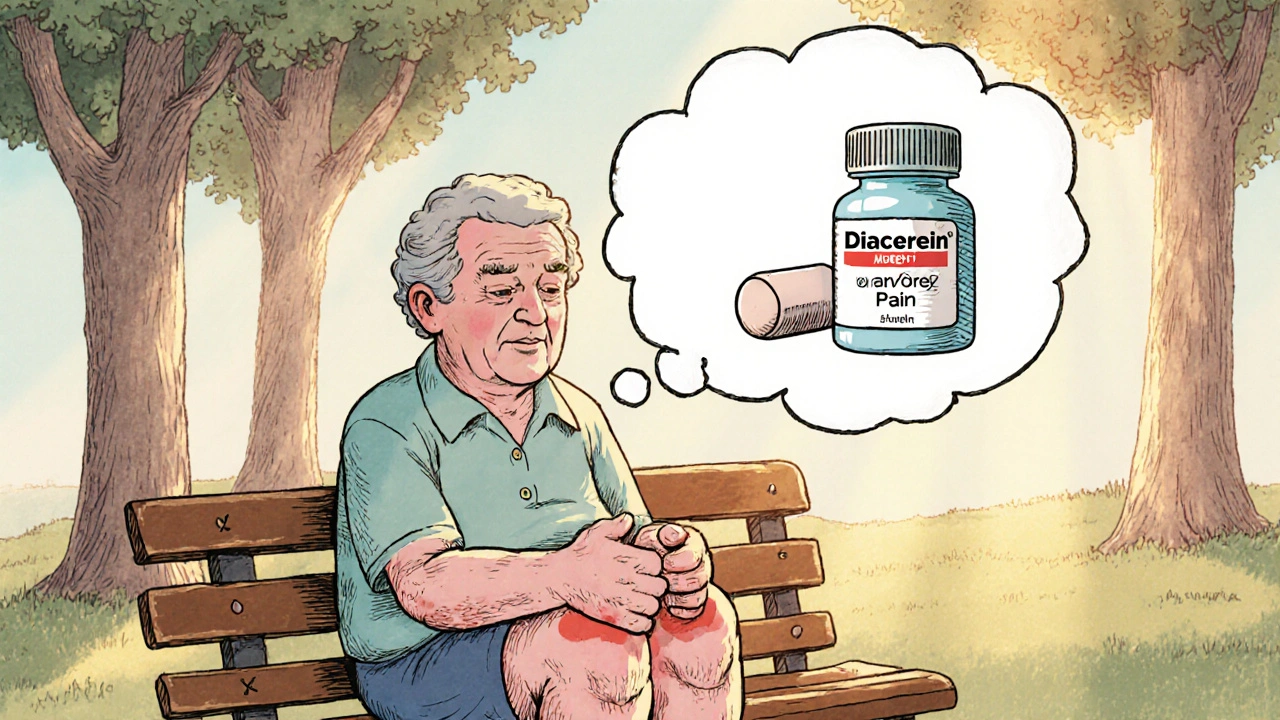NSAIDs: what they do and how to use them safely
NSAIDs (nonsteroidal anti-inflammatory drugs) are the go-to medicines for pain, fever, and inflammation. You probably know ibuprofen, naproxen, or aspirin by name. They work fast and help with headaches, muscle strains, period pain, and arthritis flares. But they also carry real risks if used carelessly.
Common drugs and typical uses
Over-the-counter choices include ibuprofen (200–400 mg every 4–6 hours; OTC max about 1200 mg/day) and naproxen sodium (220 mg every 8–12 hours; OTC max about 440 mg/day). Aspirin is often used for pain and low-dose heart protection, but that’s a different use—don’t mix goals without a doctor’s advice. Prescription NSAIDs (higher doses or different drugs like diclofenac) treat stronger or chronic pain under supervision.
Topical NSAIDs (gels and patches) give local relief for joints and soft-tissue aches with less systemic exposure. They’re a good option when you want to avoid oral side effects.
Know the risks — and how to lower them
NSAIDs can irritate the stomach lining and raise the chance of bleeding and ulcers. Warning signs: sharp stomach pain, dark or bloody stools, or vomiting blood. If you have a history of ulcers, ask your doctor before taking them. Taking NSAIDs with food or milk can reduce stomach upset, but won’t eliminate bleeding risk.
Kidney function can fall while using NSAIDs, especially if you’re dehydrated or on blood pressure meds like ACE inhibitors or diuretics. People with chronic kidney disease, heart failure, or cirrhosis should avoid routine NSAID use unless a clinician clears it.
Long-term or high-dose NSAID use raises cardiovascular risk — higher chance of heart attack or stroke. If you have existing heart disease, talk to your doctor about safer pain options.
Don’t combine NSAIDs with blood thinners (warfarin, certain DOACs) or SSRI antidepressants without medical advice — bleeding risk increases. Avoid mixing multiple NSAIDs (for example, ibuprofen plus naproxen) and don’t use aspirin for heart protection at the same time as other NSAIDs unless instructed.
Special cases: don’t give aspirin to children and teens with viral illness because of Reye’s syndrome. Avoid NSAIDs in the third trimester of pregnancy; they can affect the baby’s circulation.
Practical tips: use the lowest effective dose for the shortest time. If pain lasts more than a week or returns often, see a clinician. Try non-drug options too — ice, heat, stretching, physical therapy, or topical pain relievers.
If you have questions about dosing, interactions, or long-term safety, a quick call to your pharmacist or doctor can prevent trouble. NSAIDs help a lot when used right — they’re just not risk-free.
Diacerein vs Alternatives: Comparing Osteoarthritis Treatments
A clear side‑by‑side look at Diacerein versus NSAIDs, supplements, injections and other osteoarthritis options, with practical tips, pros‑cons and FAQs.
Mefenamic Acid: The Science Behind How It Fights Pain
Mefenamic acid is a go-to for easing everything from period pain to headaches, but what actually makes it work? This article breaks down the chemistry behind its pain-fighting powers and explains why your doctor might pick it over similar medicines. Discover real-life tips on safe use, watch-outs, and what happens in your body after you take it. Get straightforward facts that help you get the most from this tried-and-true painkiller.
© 2025. All rights reserved.


